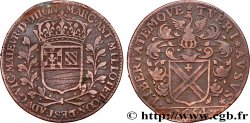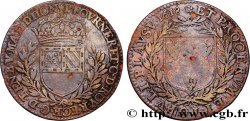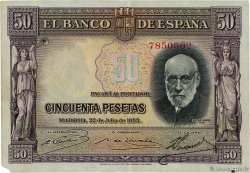E-auction 160-97954 - fjt_393022 - DIJON (MAIRES DE ... et divers) Jacques de Frasans 1633
Чтобы принять участие в торгах, вы должны войти в систему и стать подтвержденным участником аукциона. Войдите, чтобы сделать ставку. Ваш аккаунт будет подтвержден в течение 48 часов. Не ждите до закрытия торгов, чтобы зарегистрироваться.Сделав ставку на данный товар, вы вступаете в юридическое соглашение на покупку выбранного товара и нажатием кнопки «Сделать ставку» подтверждаете принятие вами условий интернет-аукционов cgb.fr.
Ставка может бить сделана только в полном эквиваленте евро. Торги закроются согласно времени, указанному в описании товара, все ставки, сделанные после закрытия торгов, учитываться не будут. Не следует откладывать предложение вашей ставки до последнего момента, так как система может не успеть обработать вашу заявку, и ваша ставка не будет принята. Более детальную информацию вы найдёте здесь: FAQ по интернет-аукционам.
БЕСПЛАТНО.
БЕСПЛАТНО.
| Оценить : | 18 € |
| Цена : | 1 € |
| Максимальная предлагаемая цена : | 2 € |
| Конец торгов : | 09 May 2016 18:44:00 |
| Участников : | 1 Участников |
Тип Jacques de Frasans
Дата: 1633
Металл: brass
Диаметр: 26,80 mm
Ориентация осей монеты: 6 h.
Век: lisse
Ссылки в каталоге: :
Лицевая сторона
Аверс: легенда: IACQ. DE. FRASANS. ESC. C. D. ROY. VIC. MAIEUR. D. DIJON.
Аверс: описание: Armes de Dijon.
Обратная сторона
Реверс: легенда: PVBLIC. VVLNERIB. DICTAMVM. INVENIT. À L'EXERGUE : 1633.
Реверс: Описание: L'Amour debout à droite, présentant une branche de dictame à un cerf blessé.
Реверс: перевод: Il a trouvé une branche de dictame pour les blessures du peuple.
Комментарий
Dans la mythologie antique, le dictame est une herbe qu'on trouve seulement dans l'île de Crête: quand le cerf était blessé, il mangeait le dictame et le fer tombait de sa plaie.
Jacques de Frasans, avocat, fut élu maire pour la huitième fois, le 17 juin 1662. Il meurt en exercice en avril 1663 et est remplacé pour la fin de sa magistrature par son gendre Bénigne Boulier
Les maires de Dijon
Dès l’époque de la naissance de la féodalité, la ville de Dijon possédait un maire et en général vingt magistrats municipaux, ou échevins. Ces magistrats sont confirmés en 1187, lorsqu’une charte de commune est accordée par le duc Hugues III. En 1192, pour la première fois, le maire dijonnais est élu.
A la fin du XIIIe siècle, ce maire prend le titre de vicomte maïeur, confirmé en 1477-1479 par Louis XI, qu’il gardera jusqu’en 1789. Depuis la fin du XVe siècle (1491), la charge de vicomte maïeur est anoblissante ainsi que celle d’échevin à compter du XVIe siècle. Le vicomte maïeur avait le droit de haute, moyenne et basse justice, le droit de scel et de visite. Les clefs de la ville lui sont confiées et il dirige les archers ainsi que les compagnies des sept quartiers, cette fonction militaire étant importante jusqu’au XVIIe siècle.
Fonction élective, le vicomte maïeur est élu par les habitants, ni mendiants, ni étrangers, qui payent la taille, en général la veille de la Saint-Jean. Cette élection a lieu sur le parvis de l'église saint Philibert. A partir de 1669, il est permis au maire de porter "une robe longue de satin plein, de couleur violet, doublée de satin rouge cramoisi, comme le prévôt des marchands de Lyon, avec chaperon de même étoffe et couleur bordée d’hermine" afin de se distinguer des habitants.
En 1692, la fonction de vicomte maïeur est transformée en office héréditaire tandis que l’élection n’est plus alors qu’une confirmation du choix royal fait par le gouverneur au nom du roi.
Voir leur liste complète à http://fr.wikipedia.org/wiki/Liste_des_maires_de_Dijon.
Jacques de Frasans, avocat, fut élu maire pour la huitième fois, le 17 juin 1662. Il meurt en exercice en avril 1663 et est remplacé pour la fin de sa magistrature par son gendre Bénigne Boulier
Les maires de Dijon
Dès l’époque de la naissance de la féodalité, la ville de Dijon possédait un maire et en général vingt magistrats municipaux, ou échevins. Ces magistrats sont confirmés en 1187, lorsqu’une charte de commune est accordée par le duc Hugues III. En 1192, pour la première fois, le maire dijonnais est élu.
A la fin du XIIIe siècle, ce maire prend le titre de vicomte maïeur, confirmé en 1477-1479 par Louis XI, qu’il gardera jusqu’en 1789. Depuis la fin du XVe siècle (1491), la charge de vicomte maïeur est anoblissante ainsi que celle d’échevin à compter du XVIe siècle. Le vicomte maïeur avait le droit de haute, moyenne et basse justice, le droit de scel et de visite. Les clefs de la ville lui sont confiées et il dirige les archers ainsi que les compagnies des sept quartiers, cette fonction militaire étant importante jusqu’au XVIIe siècle.
Fonction élective, le vicomte maïeur est élu par les habitants, ni mendiants, ni étrangers, qui payent la taille, en général la veille de la Saint-Jean. Cette élection a lieu sur le parvis de l'église saint Philibert. A partir de 1669, il est permis au maire de porter "une robe longue de satin plein, de couleur violet, doublée de satin rouge cramoisi, comme le prévôt des marchands de Lyon, avec chaperon de même étoffe et couleur bordée d’hermine" afin de se distinguer des habitants.
En 1692, la fonction de vicomte maïeur est transformée en office héréditaire tandis que l’élection n’est plus alors qu’une confirmation du choix royal fait par le gouverneur au nom du roi.
Voir leur liste complète à http://fr.wikipedia.org/wiki/Liste_des_maires_de_Dijon.







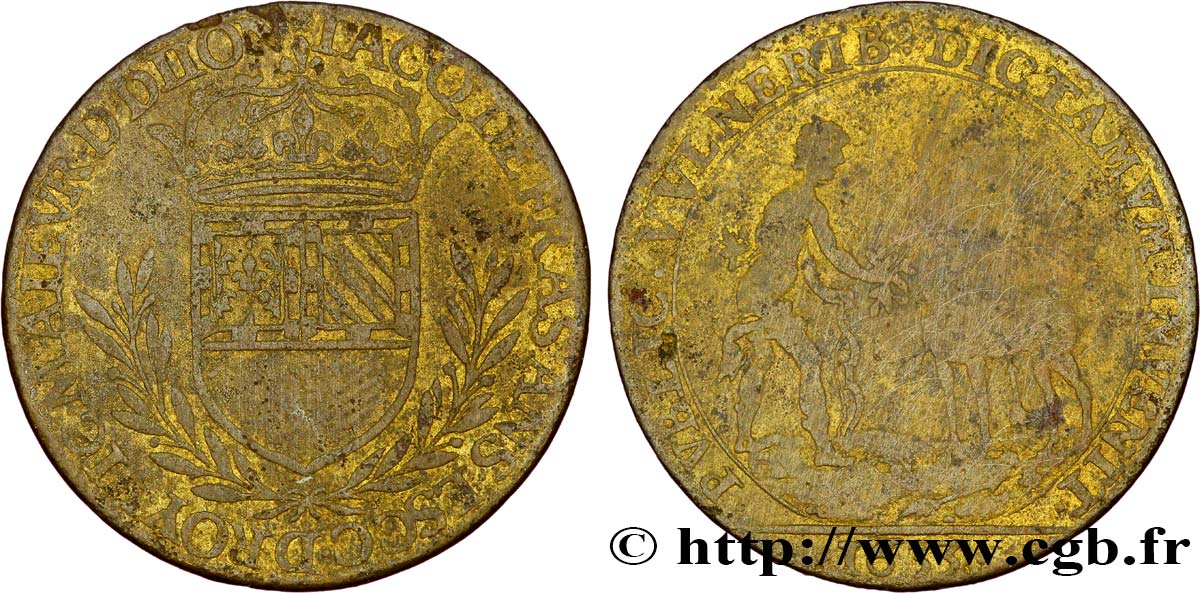
 Cообщить об ошибке
Cообщить об ошибке Распечатать страницу
Распечатать страницу Отправить мой выбор
Отправить мой выбор Задать вопрос
Задать вопрос Consign / sell
Consign / sell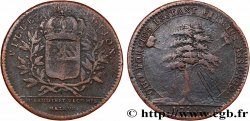
 Информация
Информация